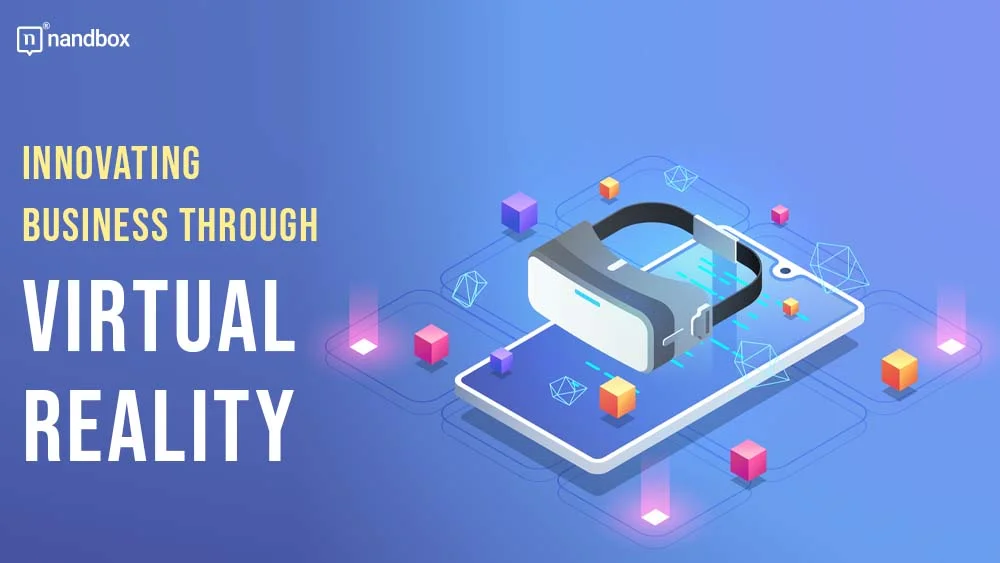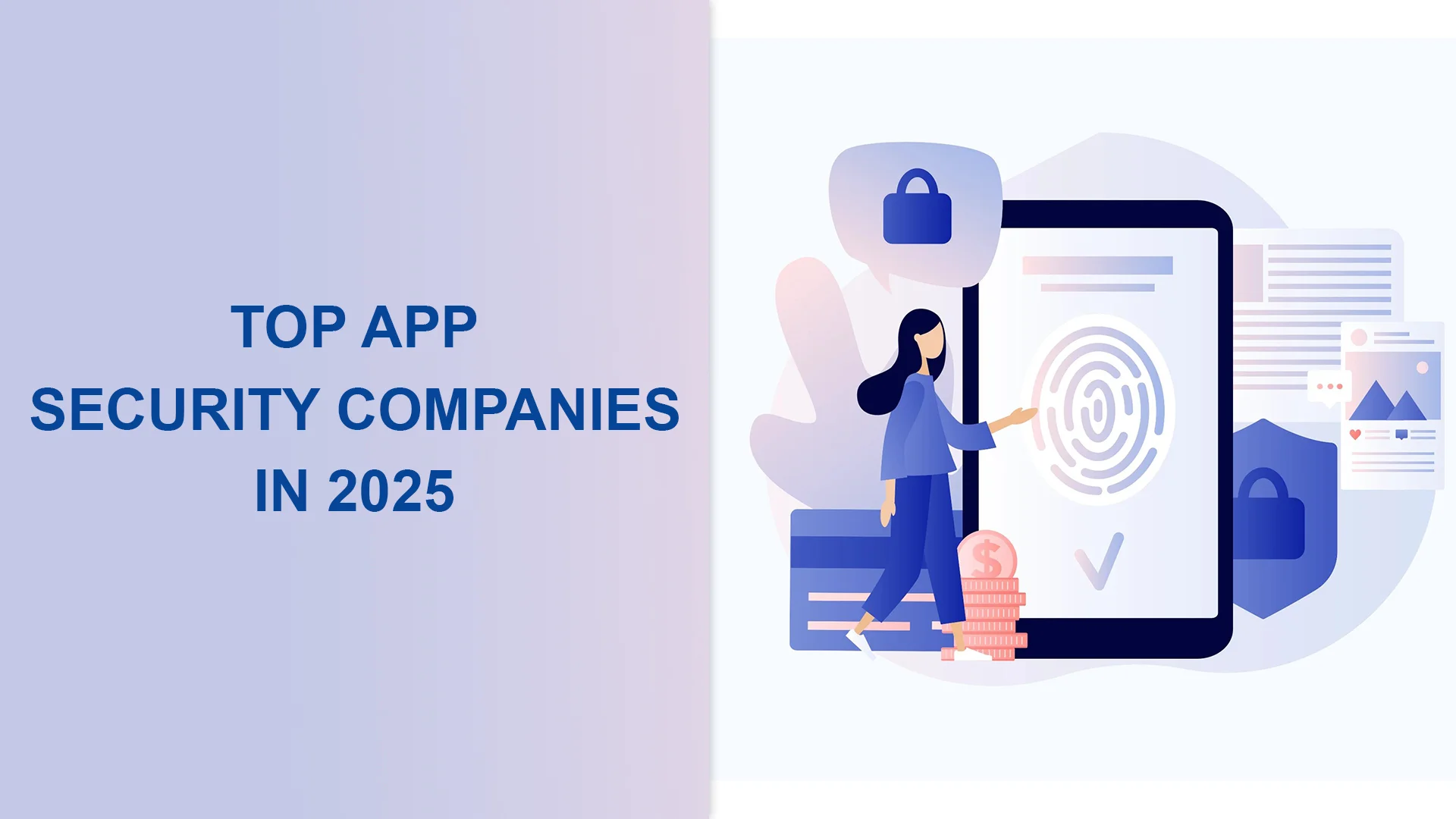Virtual Reality (VR) technology has emerged as a powerful tool with significant potential for transforming business practices across various sectors. Initially popularized by the entertainment and gaming industries, VR is now making substantial inroads into business applications. The integration of VR into native mobile apps represents a notable advancement, offering businesses new opportunities to enhance customer experiences and optimize operations. This article assesses how VR is revolutionizing business landscapes and the essential role VR development services play in this technological integration.
Expanding the Horizons of Virtual Reality
VR has expanded beyond its entertainment origins to become a versatile tool in numerous business domains; its immersive nature provides users with an interactive experience that traditional media formats cannot match. Industries such as retail, real estate, education, and healthcare have begun to harness the power of VR to address specific challenges and seize new opportunities. For example, VR technology enables retailers to create virtual shopping environments, allows real estate agents to showcase properties through virtual home staging, and provides educational institutions with immersive learning tools. Companies leverage VR videos to create compelling product demonstrations and virtual tours, enhancing the customer experience across these sectors. Thus, the versatility of VR makes it an attractive option for businesses aiming to engage audiences in innovative ways.
Understanding Native Mobile Apps
Native mobile apps are designed for specific operating systems, such as iOS or Android, ensuring optimal performance and user experience on those platforms. Over the years, these apps have evolved to incorporate sophisticated features and capabilities that enhance user interaction. The integration of VR into native mobile apps represents a significant advancement, enabling businesses to merge the immersive aspects of VR with the robustness and user-friendliness of native apps. This development often involves collaboration with a VR development company. Which specializes in blending VR technology seamlessly into the native app environment. Such integration provides a powerful platform for delivering engaging and interactive experiences while maintaining the high performance expected of native applications.
The Process of Integrating VR into Native Mobile Apps
Integrating VR into native mobile apps involves several critical steps to ensure a smooth and effective implementation. Developers must focus on optimizing the app’s performance to handle the demanding requirements of VR content, such as high-resolution graphics and real-time interactions. Compatibility with various devices and operating systems is another important consideration, as VR features must function consistently across different hardware configurations. Additionally, creating intuitive user interfaces that facilitate seamless navigation and interaction within the VR environment is essential. These aspects are crucial for delivering a coherent and engaging VR experience to users.
Enhancing Customer Engagement Through VR
One of the primary advantages of incorporating VR into native mobile apps is the enhancement of customer engagement. VR offers a unique, immersive experience that can captivate users and create memorable interactions. For instance, VR technology enables customers to visualize products in a virtual setting, providing a more interactive shopping experience. Similarly, in the real estate sector, VR allows potential buyers to explore properties virtually. Offering a comprehensive view without the need for physical visits. These interactive and immersive experiences attract customers while assisting businesses in differentiating themselves in a competitive market.
Streamlining Operations with VR
The application of VR technology extends beyond customer engagement, playing a significant role in streamlining business operations. For example, VR can be used to create virtual training environments where employees can practice skills and scenarios in a controlled, risk-free setting. This approach is particularly valuable in sectors such as healthcare. Where VR simulations can aid in surgical training and manufacturing, where VR can simulate complex machinery operations. Additionally, VR facilitates remote collaboration, allowing teams to work together in virtual environments irrespective of their physical locations. Therefore, incorporating VR into native mobile apps allows businesses to offer scalable, effective training solutions and enhance collaborative efforts, ultimately leading to improved efficiency and reduced costs.
Addressing Challenges in VR Development
The integration of VR into native mobile apps presents several challenges that must be addressed to ensure a successful implementation. One major challenge is achieving optimal performance, as VR applications require substantial processing power and memory to function effectively. Developers must employ efficient coding practices and performance optimization techniques to meet these demands. Compatibility issues also need to be addressed, as different devices may have varying capabilities. Thus, thorough testing across a range of hardware configurations is essential to provide a consistent user experience. Ultimately, addressing these challenges is crucial for delivering a high-quality VR experience within native mobile apps.
Anticipating Future Trends in VR and Mobile Apps
Looking ahead, the future of VR technology and its integration with native mobile apps holds exciting possibilities. Advances in VR hardware and software are expected to enhance the immersive experience, with developments such as improved haptic feedback, more realistic graphics, and advanced motion tracking. Additionally, the growth of 5G technology is anticipated to facilitate more seamless VR experiences through faster data transmission and reduced latency. These advancements will likely drive further innovation in VR applications. Offering new opportunities for businesses to engage with their audiences and enhance operational capabilities.
Final Thoughts
Virtual reality (VR) is profoundly changing the way businesses interact with customers and optimize their operations. Companies that integrate VR into native mobile apps are leveraging cutting-edge technology to create immersive experiences that foster deeper connections with users. This integration demonstrates VR’s growing importance in the business landscape, providing new opportunities to improve customer satisfaction, streamline operations, and increase productivity.
VR development services are key to this progression, solving critical difficulties such as performance optimization and hardware compatibility and providing seamless user experiences. These services ensure that the VR components in mobile apps work seamlessly across a variety of devices, improving functionality and accessibility for both consumers and enterprises. As VR technology progresses, it opens the door to even more innovation, allowing enterprises to create previously unthinkable levels of interactivity and customization.
Virtual reality has enormous potential to alter industries ranging from retail and real estate to healthcare and entertainment. Companies that include VR in their native mobile apps can generate new revenue streams, improve operational efficiency, and stand out in a competitive market. Businesses that provide clients with more engaging, immersive, and practical solutions not only improve the user experience, but also position themselves as leaders in a fast-expanding digital environment. Embracing VR today is an investment in future-proofing corporate processes, as this technology continues to drive major change across a variety of industries.





